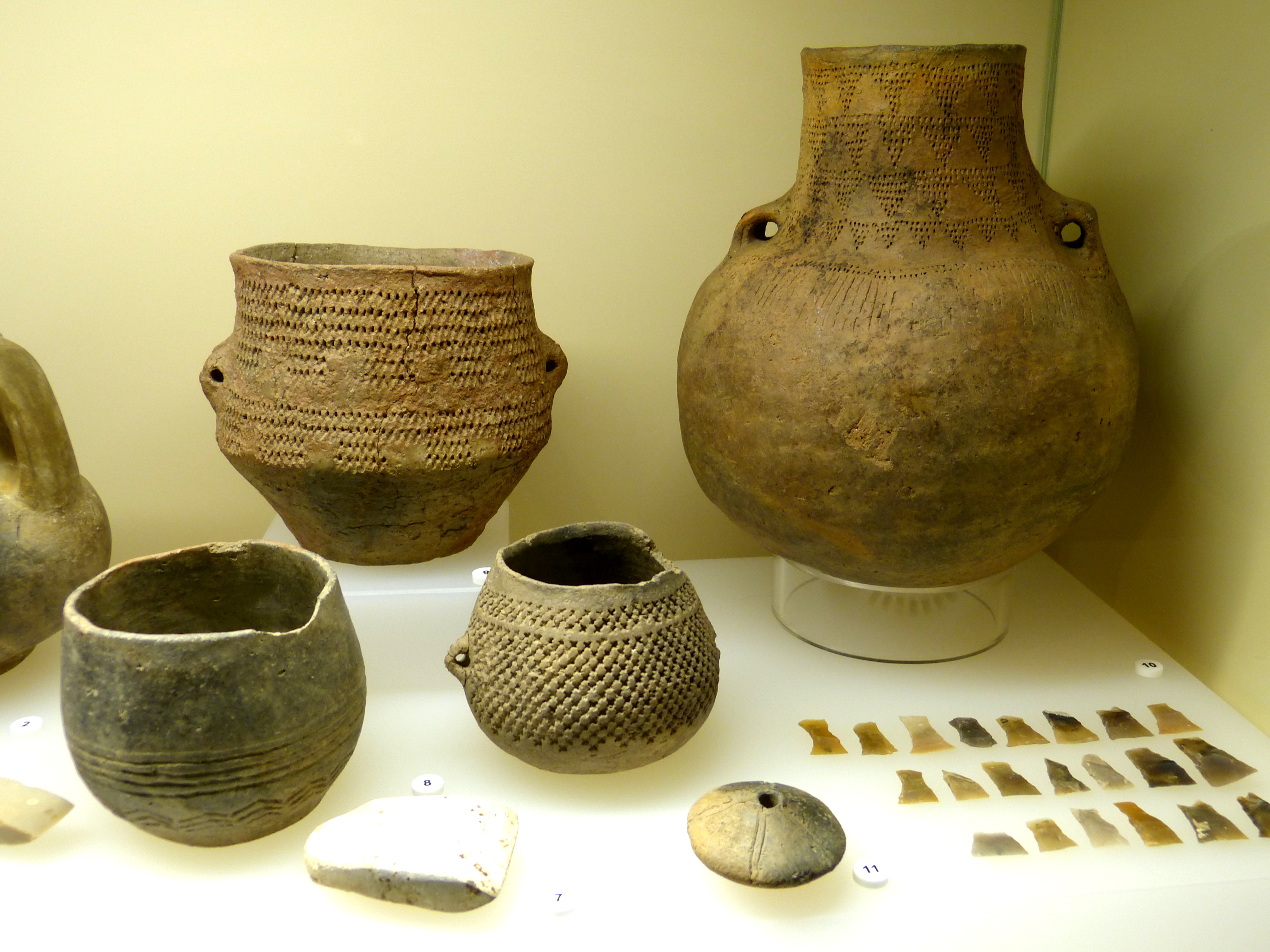Havelland culture on:
[Wikipedia]
[Google]
[Amazon]
 Havelland culture (german: Havelländische Kultur) was a
Havelland culture (german: Havelländische Kultur) was a
 Havelland culture (german: Havelländische Kultur) was a
Havelland culture (german: Havelländische Kultur) was a neolithic
The Neolithic period, or New Stone Age, is an Old World archaeological period and the final division of the Stone Age. It saw the Neolithic Revolution, a wide-ranging set of developments that appear to have arisen independently in several p ...
archaeological culture in northeastern Germany
Germany,, officially the Federal Republic of Germany, is a country in Central Europe. It is the second most populous country in Europe after Russia, and the most populous member state of the European Union. Germany is situated betwe ...
, centered at Havelland
Geographically, the Havelland is the region around which the River Havel flows in a U-shape between Oranienburg to the northeast and Rhinow to the northwest. The northern boundary of the Havelland is formed by the River Rhin and the Rhin Canal. ...
, with contacts to the Globular Amphora culture
The Globular Amphora culture (GAC, (KAK); ), c. 3400–2800 BC, is an archaeological culture in Central Europe. Marija Gimbutas assumed an Indo-European origin, though this is contradicted by newer genetic studies that show a connection to the ear ...
. It was characterized by cups with handles, amphoras with to handles, and barrels and dishes with carpet-like decorations. The dead were buried unburned. The Havelland people were farmers and breeders.
Literature
*E.Probst: ''Deutschland in der Steinzeit'', München 1991, 386 - 388. *H.Behrens: ''Die Jungsteinzeit im Mittelelbe-Saale-Gebiet'', Berlin 1973, 114 - 116. *G.Wetzel: Jungsteinzeit, In: Potsdam, Brandenburg und das Havelland (Führer zu archäologischen Denkmälern in Deutschland 37), 39 - 52 und 145 - 152. Archaeological cultures of Europe Archaeological cultures in Germany Neolithic cultures of Europe History of Brandenburg History of Pomerania {{Germany-archaeology-stub